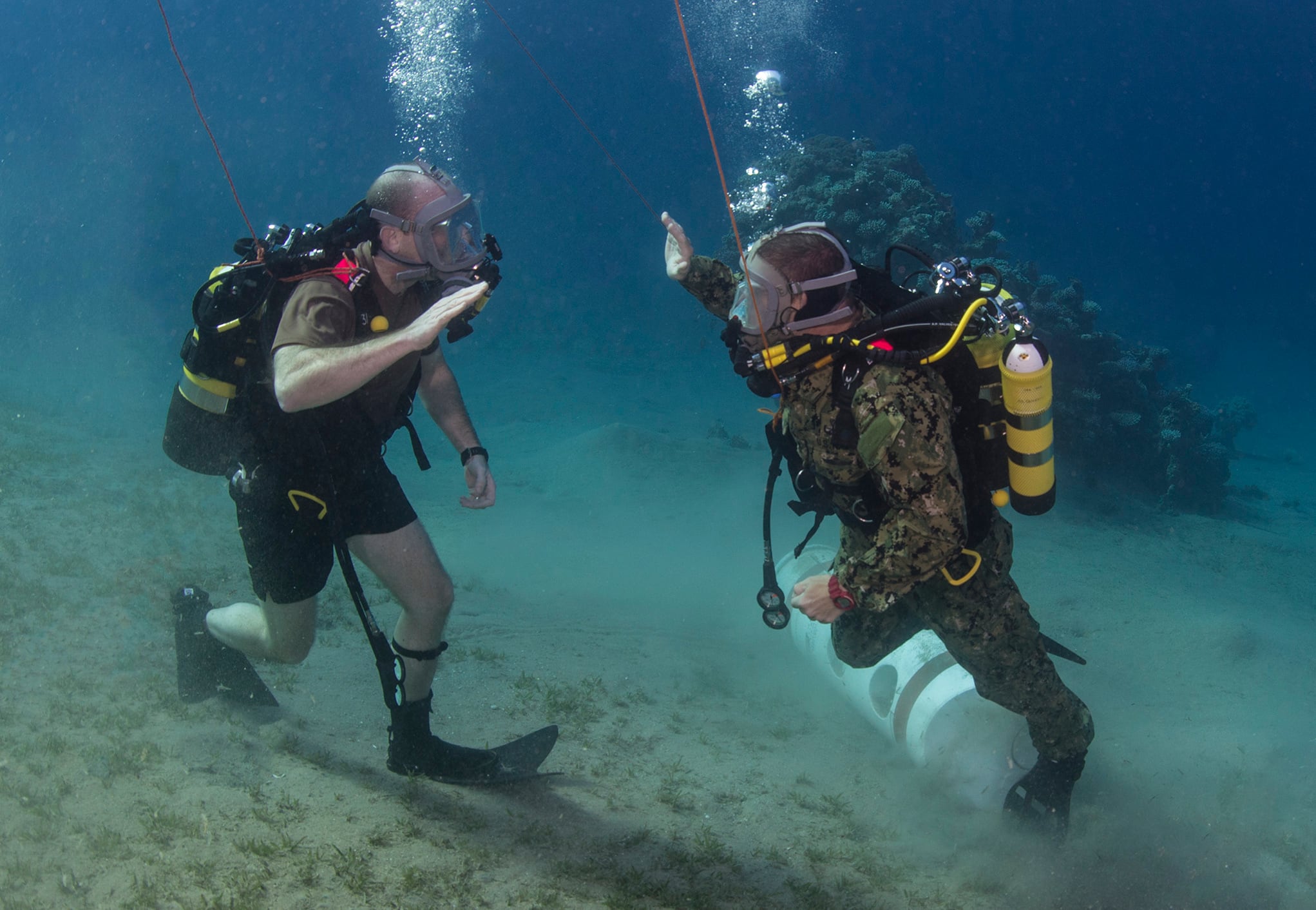Navy personnel officials are overhauling transfer and re-enlistment rules in an effort to eliminate mismatching sailor end-of-service and transfer dates, which can often be months — if not years — apart.
To do so, though, the Navy needs help from its sailors, as correcting these discrepancies will require volunteers willing to extend their enlistments.
“There are currently over 61,000 sailors whose enlistment contract ends prior to their projected rotation date,” said Vice Adm. Robert P. Burke in a Navy release today. “This misalignment causes unexpected gaps in manning.”
Aligning duty station tour lengths with end-of-service dates is critical for the Navy’s efforts to keep commands properly manned. When sailors don’t have enough time on the books to complete the full length of the tour, manning gaps are created which then hurt overall readiness.
Until now, the Navy has allowed sailors to transfer at one point in time and re-enlist later, a practice that may soon be shut down for good.
While bonus money isn’t on the table for the aforementioned volunteers, officials are offering other perks, such as the chance to bypass the Navy’s re-up approval system.
Additionally, individual commands are being given more leeway to approve sailor extensions without requiring a sign-off from big Navy.
The Navy repeatedly called for first-term sailors to agree to at-sea extensions this year, and because of the initial success of that temporary policy, the service has decided to make the option permanent.
“As of Nov. 30, our approvals reached 1,795, and our average extension length has remained consistent at 15 months for 2,259 additional sea years,” said Lt. Cmdr. Jessica Anderson, spokeswoman for the chief of naval personnel. “We have 669 sailors crossing the FY17 boundary into FY18 and 995 crossing the FY18 boundary into FY19.”
In making the policy permanent, there are some guidelines that become effective immediately.
First, all permanent change-of-station orders will require sailors to serve the full tour length. Involved commands are responsible for verifying a sailor’s end-of-enlistment contract matches or exceeds the tour length for their next duty station.
Refusals to extend enlistments to accommodate transfers will be documented in sailor service records. It will then be up to Navy Personnel Command to decide if they’ll transfer or not, based on their new command’s needs.
New sailors whose remaining enlistment time doesn’t align with a complete tour at their first duty station will be asked to extend before transferring. If these sailors decline, they’ll still transfer, but their new command will be required to sell them on the various benefits to extending sooner rather than later.
The second modification will be the institution of new enlistment extension rules that allow all sailors, with the exception of those in the nuclear-power program, to extend their current enlistments for up to 48 months to either match their duty station tour length or reach the time required to transfer to a new duty station.
This nearly doubles the previous maximum extension option of 23 months.
Nuclear-trained sailors, meanwhile, are still limited to the 23-month policy unless permission is obtained from the chief of naval personnel. As always, their extensions and reenlistments are controlled directly by the chief of naval personnel.
Finally, sea duty commanding officers are now authorized to extend any first-term sailor enlistments to meet tour lengths at sea, allowing them to bypass the Career Waypoints, or C-Way, re-enlistment system.
Complete details and guidance is available in the Navy’s message available here.
Mark D. Faram is a former reporter for Navy Times. He was a senior writer covering personnel, cultural and historical issues. A nine-year active duty Navy veteran, Faram served from 1978 to 1987 as a Navy Diver and photographer.




